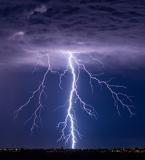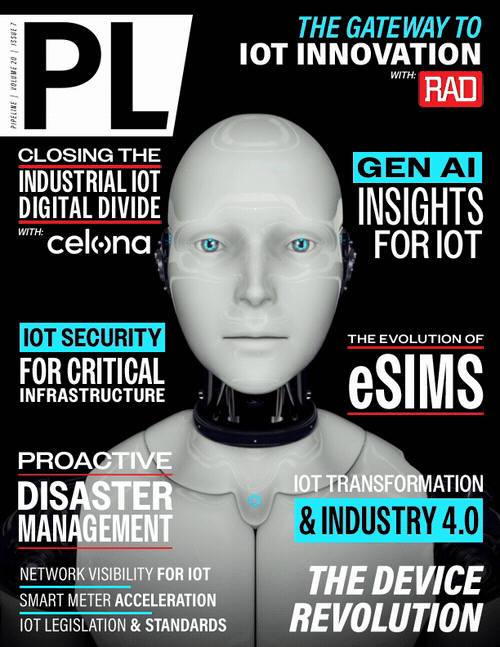A Proactive Approach to Disaster Management
By: Rajesh Suseelan

Reports of wildfires, floods, and other natural disasters are never far from the headlines — a constant reminder of the growing threat of climate change.
Last year was the warmest on record, with millions of people being impacted by extreme weather events. These events are becoming more frequent and more intense as the world’s climate changes, and developing countries are being hit the hardest. Emergency responses and long-term recovery are always more challenging in these nations — already struggling with war, political corruption, and fragile infrastructure and agriculture — which struggle to withstand and recover from disasters.
We now have less than six years to meet the target set out in the Paris Agreement of limiting global warming to 1.5°C. Reducing greenhouse gas emissions is critical, but we’re also facing the very real prospect of a permanently changed climate. Some parts of the world may eventually become uninhabitable due to crop failures, heat, and adverse weather, leading to profound economic and social challenges.
As the U.S. heads into the Atlantic hurricane season, and countries in the western hemisphere enter the summer months, policymakers are recognizing the enormous challenges that lie ahead. The UN has made it clear that climate change cannot be tackled without technology, which is spurring on the industry to develop solutions aimed at proactively monitoring micro-changes that could indicate imminent disasters. Just as important are reliable communications services. Communities, particularly ones in remote areas, need to receive critical information and advice from the authorities before, during, and after a disaster.
Hydro-meteorological monitoring is a good example of this: it involves the observation, measurement, and analysis of atmospheric and hydrological parameters to understand and predict weather and water-related events. Historical records suggest that the first hydro meteorological observations date all the way back to ca. 3500 BC. But today, the ambiguities that were present in the first hydro-meteorological observations have been greatly reduced due to advances in monitoring, modeling, and forecasting. And now, underpinning it all, is next-generation satellite IoT connectivity, which allows users to collect data from multiple sensors and transform it into actionable insights in near real-time.
Equitable Solutions
With developing countries more vulnerable to the impact of climate change, solutions must be ultra-reliable and low-cost. Whatever the location, satellite IoT overcomes the problems associated with terrestrial solutions, including patchy coverage, speed and cost of deployment, access to remote areas, and reliability.
The number of use-cases for this technology is growing, too. We recently partnered with a national communications company in a developing nation as it set out to combine sensor technology and Big Data management to connect and empower communities around the country, particularly farmers who are often on the front line of climate-related change. With this IoT service, they will be able to combine data from different sources, including rainfall, river levels and soil moisture, in the most at-risk areas.
One area where satellite IoT could be particularly effective is in flood prevention. Developing countries are particularly vulnerable to flooding due to such factors as poorly developed drainage systems or flood defenses, rapid and unplanned urban growth in flood-prone areas, and agricultural vulnerability. Because of this ongoing threat, the country’s government has invested in hundreds of weather stations in vulnerable areas; however, transmitting the vast amounts of data generated by these stations over satellite was prohibitively costly, especially as volumes increased. To get around this, the solution was to use standard IP protocols like TCP or UDP to enable satellite connectivity and to integrate these easily with widely available sensors.



















